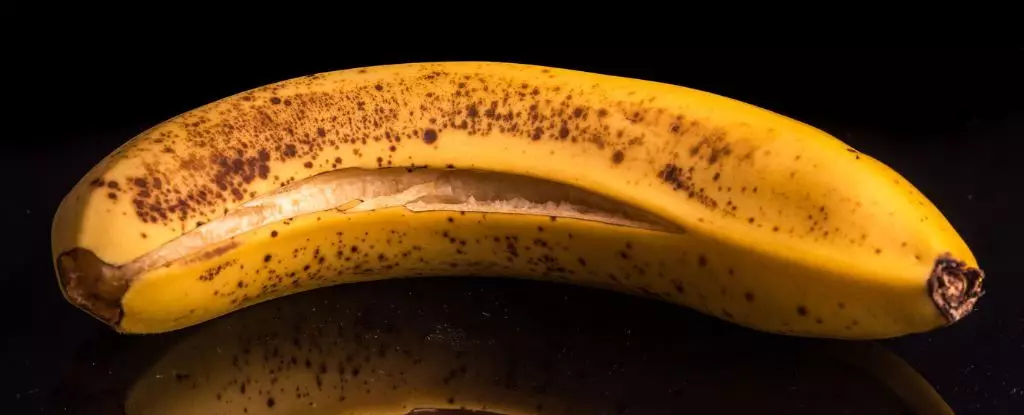When we think about nutritious snacks, bananas often come to mind, but what about the peel—the part we typically discard? Recent studies reveal that banana peels are not merely leftovers but rather a nutritional treasure trove. A thorough exploration of how to utilize this often-overlooked part of the fruit can lead to both significant health benefits and a decrease in food waste. By reimagining banana peels as a viable ingredient, we can bridge the gap between healthy eating and sustainable living.
Consider the usual fate of a banana peel: tossed into the garbage, contributing to food waste statistics that show alarming figures of discarded fruits and vegetables. This is particularly ironic given that 40% of a banana’s weight is in its peel, abundant in fiber, potassium, magnesium, and various antioxidants that our bodies benefit from. A recent experimental study has shown that by blanching, drying, and grinding banana peels into a fine flour, we can whip up delightful baked goods—cookies, bread, even cakes—that not only taste good but also boast enhanced nutritional profiles.
Participants in the study reported that the cookies made with 7.5% banana peel flour were equally satisfying compared to their traditional wheat counterparts. Remarkably, these banana-enhanced treats also exhibit a longer shelf life, remaining fresh for up to three months at room temperature. The incorporation of this flour into baked goods not only increases fiber content but also provides cancer-fighting compounds—an impressive health benefit for an ingredient that many might overlook.
Though cookies are perhaps the most talked-about baking innovation in this arena, the possibilities extend far beyond. Picture banana peel flour being used to enrich bread and pasta, similar to how other nutritious ingredients—nuts, seeds, or whole grains—are incorporated. A 2016 study notably highlighted a 10% substitution of traditional wheat flour with banana peel flour, resulting in baked bread that contained notably higher levels of protein, fats, and carbohydrates.
In the world of savory dishes, culinary figures like Nigella Lawson have championed banana peel as a versatile ingredient, showcasing it as a staple in curries. Meanwhile, more adventurous kitchens have birthed inventive dishes such as banana peel bacon and pulled “pork,” illustrating that the skin can not only provide nutrition but also flavor and texture rarely associated with mere waste.
In a world where food waste is a critical environmental concern, creatively utilizing banana peels offers a simple yet effective solution. Reducing waste begins with changing our perception of what is edible and valuable. Raw banana peels may seem unappetizing and even tough, but when prepared expertly, their texture and flavor transform. Inspired by findings in other studies, it’s not just banana peels that pack a punch; other fruit peels like mango skins have also been shown to add nutrition while enhancing flavor profiles.
Emerging food trends that promote the full utilization of fruits and vegetables raise awareness of these hidden gems. By encouraging a shift in culinary practices, we not only enrich our diets but also contribute to a sustainable environment.
So the next time you indulge in a banana, resist the instinct to discard its skin. By embracing this often-ignored component of the fruit, you not only make a nutritious choice but also take a step toward sustainability. The creative applications of banana peels—from cookies to curries—illustrate that with a little imagination, what anchors our diet can also support our planet. Whether you are a culinary professional or a home cook, consider the advantages of integrating banana peels into your recipes. Not only could your taste buds be delighted, but your health—and the planet—may thank you, too.


Leave a Reply